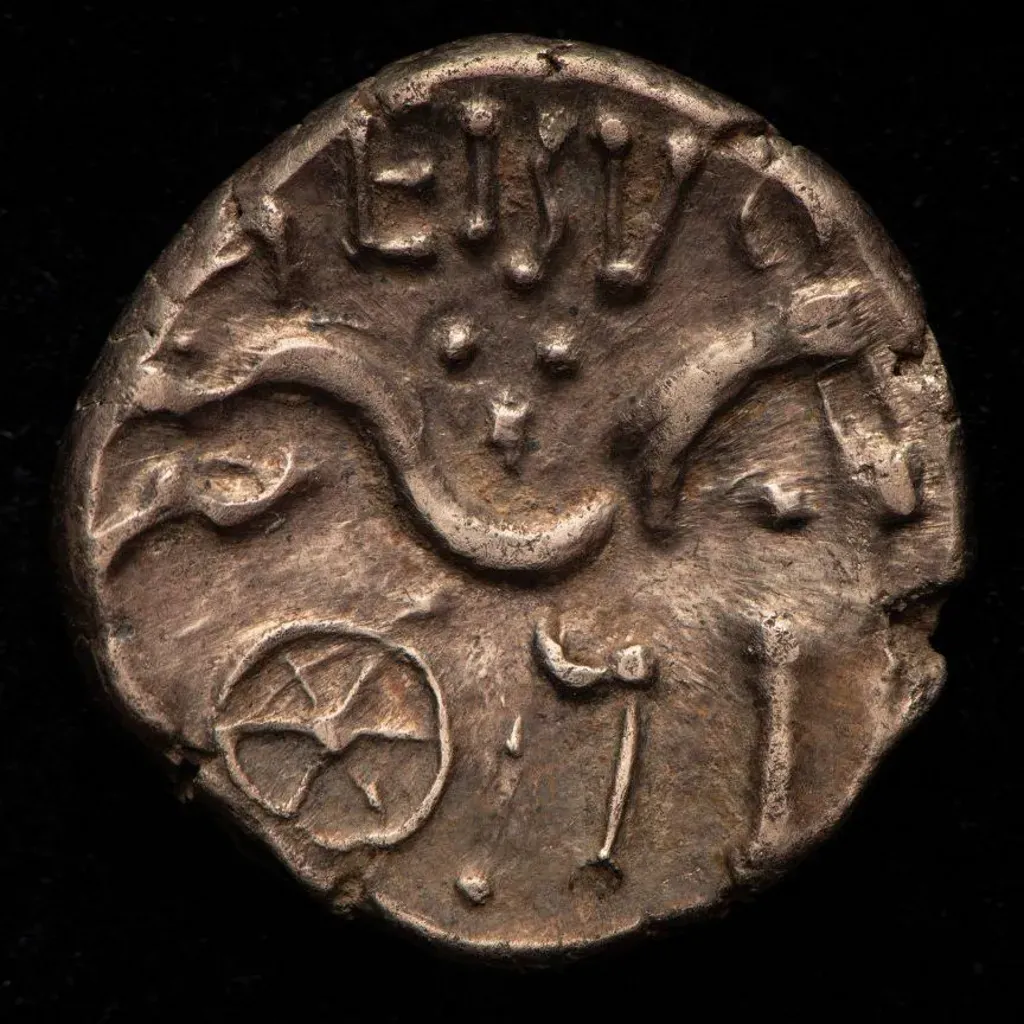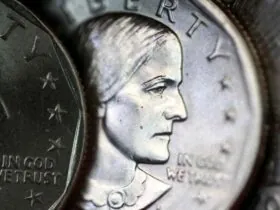In late 2023, a significant archaeological discovery took place in Worcestershire, England. A hoard of over 1,300 Iron Age and Roman coins was unearthed during building works in the Leigh and Bransford area, west of Worcester. This treasure trove, dating back to the reign of Emperor Nero, has been hailed as one of the most important archaeological finds in Worcestershire in the last century. Experts have described the hoard as a rare and invaluable insight into the region’s ancient past, with its estimated value exceeding £100,000.
A Glimpse into the Past: The Roman Coin Collection
This Article Includes [hide]
The newly discovered hoard consists of 1,368 coins, the majority of which are silver denarii, a coin widely used throughout the Roman Empire. These coins date from as early as 157 BC, during the Roman Republic, up to the reign of Emperor Nero (AD 54-68). The discovery includes the largest known collection of coins from Nero’s reign, offering an extraordinary snapshot of the economic life of the time.
The Iron Age Coin
Among the silver denarii is a rare Iron Age gold coin, known as a stater, minted by the local British tribe, the Dobunni. This particular stater, dating from AD 20-45, provides a unique link between the indigenous tribes and the Roman occupation of Britain, highlighting the region’s complex cultural landscape before the full integration into the Empire.
The Significance of the Find: What Experts Say
The discovery has sparked excitement among archaeologists and historians. Dr. Murray Andrews, a lecturer in British archaeology at University College London, called the find “remarkable” and “the most miraculous thing I’ve seen over the last 100 years.” He emphasized the importance of this hoard in understanding the ancient history of Worcestershire, suggesting it provides valuable clues about the region’s role during the Roman era. The Malvern Hills, close to where the hoard was found, may have served as a boundary of the Roman Empire at the time, adding further historical significance to the discovery.
A Wealthy Local Farmer?
One prominent theory is that the hoard represents the savings of a wealthy local farmer. This individual might have made his fortune by supplying the Roman army with essential resources like grain and livestock. The large number of coins indicates that the buried hoard would have been a “very considerable sum of cash,” suggesting that the owner may have been an influential figure in the local economy. Experts also speculate that the pot containing the coins could have been made at one of the nearby pottery kilns, which were located at the foot of the Malvern Hills.
The Fate of the Hoard: Fundraising Efforts for Public Display

Following the official declaration of the hoard as “treasure” by a Worcestershire coroner in June 2024, the next step is ensuring its preservation and public accessibility. Worcestershire Heritage, Art & Museums has expressed interest in purchasing the hoard and placing it on public display, offering a unique opportunity for local residents and visitors to experience this important part of their heritage. To achieve this goal, the organization is aiming to raise £6,000 through public donations, while seeking additional funding through grant applications.
If the necessary funds cannot be raised, the hoard will be returned to its finders or the landowner, and it may not be displayed for public viewing, which would be a missed opportunity for future generations to appreciate this valuable historical artifact.
A Legacy of Discovery: Previous Finds in Worcestershire

This discovery is not the first of its kind in Worcestershire. The region has a rich history of coin hoards being uncovered. In 1999, a hoard of 434 silver coins and 38 shards of pottery was found near Chaddesley Corbett. A much larger hoard was discovered in 2011 by two detectorists from Redditch, who uncovered 3,784 coins inside a clay pot on Bredon Hill. These previous finds, combined with the latest discovery, highlight Worcestershire’s importance as a key site for Roman and Iron Age archaeology.
Conclusion: A Treasure for the Future
The discovery of this Roman coin hoard in Worcestershire provides invaluable insights into the region’s ancient history and its role in the Roman Empire. As experts continue to study the hoard, its historical significance will likely grow even clearer. Efforts to raise funds for its preservation and display serve as a reminder of the importance of safeguarding our heritage for future generations. If successful, the hoard will become a lasting testament to the people and cultures that once shaped the area, offering a tangible link to the past for all to experience.
Also Read:







Leave a Reply